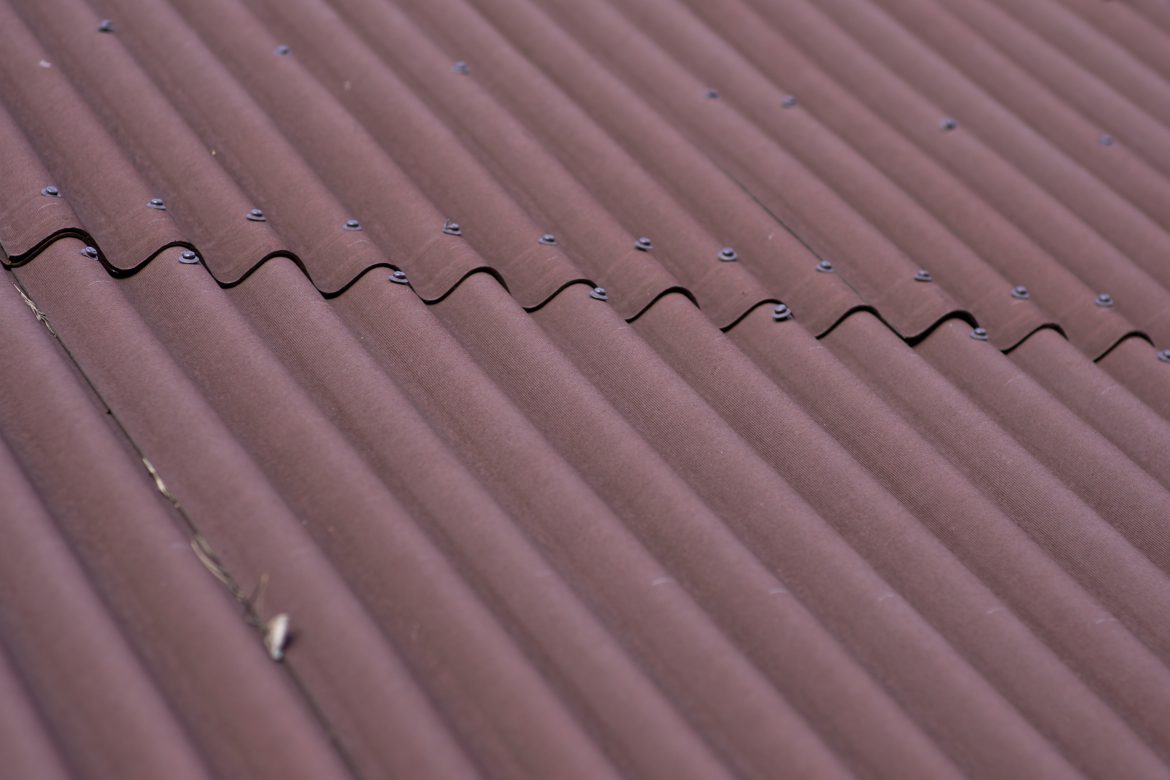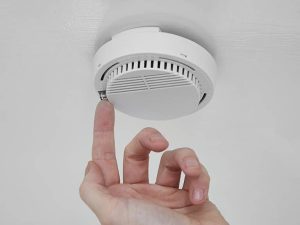
With the New Zealand real estate market currently very hot with property’s being snapped up in rapid numbers it is more important than ever to keep a cool head and be aware of problems you may be buying into along with the house.
You will probably be aware of the more publicised ones such as asbestos and leaky home issues however you need to be aware of the not so well known ones such as Onduline roof and wall cladding which was used in New Zealand from the early 1990s to the mid 2000s.
What is Onduline cladding?
Onduline is a tough corrugated lightweight sheet material manufactured from bitumen saturated cellulose organic fibres, fired under intense pressure and heat. It has been manufactured in Europe since the mid 1950s as an environmentally friendly high quality alternative to the four times heavier traditional slate.
What Are the Issues with Onduline?
While Onduline may be a successful product in Europe and elsewhere it has been a failure in the New Zealand environment resulting in its exit from the market in the mid 2000s. The bitumen coating corrodes, causing water to leak into the material. This results in the breakdown of the cellulose organic fibres therefore compromising the integrity of the product.
This can ultimately lead to the total disintegration of the corrugated Onduline sheeting. Early symptoms include sagging and cracking which leads to problems including leaking and delamination. Those relying on rainfall flow off the roof to fill water tanks for potable water will not want to be drinking water sluiced through disintegrating bitumen impregnated material.
Colour leaching and paint fading are other common problems with the roofing eventually becoming black as the bitumen leaches through it. Repainting is not always an option as acrylic paints react with the bitumen resulting in the new paint peeling off.
How Can You Recognize Onduline Roof or Wall Cladding?
While Onduline roof and wall cladding was only available in a corrugated profile, the troughs are much larger than conventional corrugated iron, similar to old asbestos roofing. It is also much thicker than standard corrugated iron roofing. Due to the use of organic fibre in the manufacture of Onduline the corrugations are textured and not smooth like standard iron roofing.
If the property was built prior to the early 1990s or after the mid 2000s and renovations were not done during this period you will not have an Onduline issue.
Onduline was very popular in the construction and renovations of coastal properties during this time where harsh environmental conditions may have contributed to the issues.
If you are a buyer, seller or owner and have any concerns about Onduline roof and wall cladding you should contact Jim’s Inspections to book an inspection.




